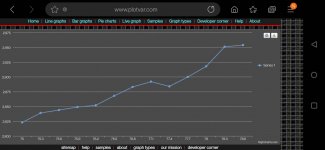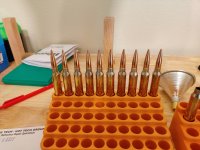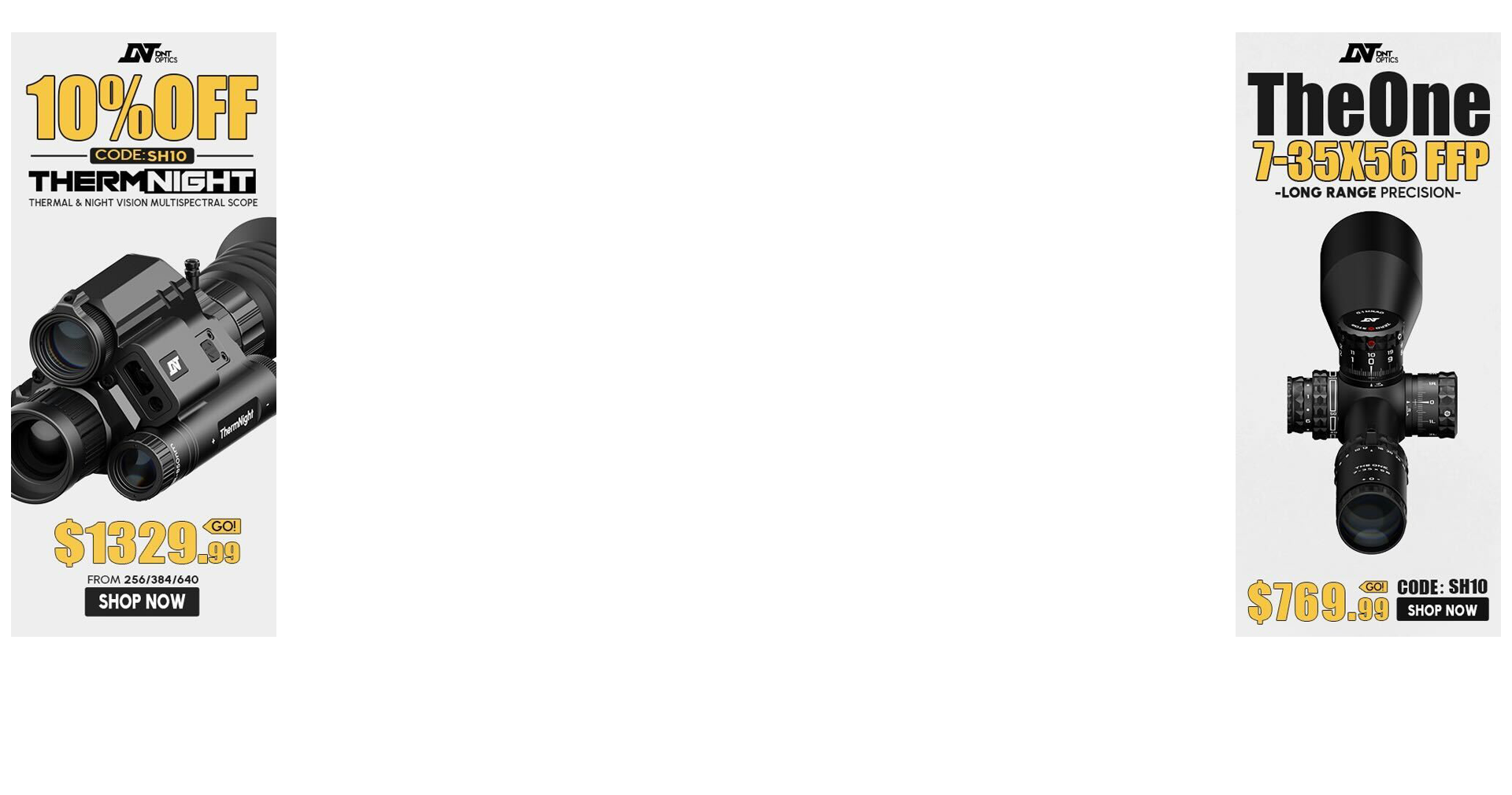I usually see an improvement in velocity consistency after the virgin brass is fireformed. Groups mean more to me than ES/SD, which usually needs a much larger sample size to be valid than you’d be willing to shoot (at LEAST 20 in the sample). What’s your capability with the rifle using a known good load? What’s your requirement for this rifle…1 MOA, < 1MO, .5MOA? How much confidence do you have in your charge weight consistency? I like to see the smallest ES I can manage based on the reloading techniques I use as a means to increase vertical consistency at distance but Ill take small groups (5 shots) at my intended distances over small-sample-size statistics.
In my process, I initially use a charge weight “ladder” of 3-5 shots, 1/2 grain apart, to check pressure limits, watch initial velocities to see if I’m in a “normal” range, and see if there is a charge weight range that clearly shoots a little better…I do this at either 100 or 300 and it’s never failed to show me a charge weight range wherein the groups shrink noticeably across perhaps 1 grain or so. I don’t know which “method“ this is but it’s what I’ve always done and it works for me despite being absolute sacrilege to people who are devoted to their chronometer statistics.
Once I’ve got a charge weight I like, I’ll test some seating depths, again looking for group size at 100 or 300 yds. Again, there’s usually a range of seating depths that shoot noticeably smaller groups. Once Ive found that seating depth range, I’ll load up enough to shoot at least 5 at each distance, out to as far as I can shoot, and only then will I run as many of them as is convenient over a chronometer to look at extreme spread.
If your reloading techniques are consistent, specifically regarding charge weight and how much you resize the brass, and you are even remotely consistent behind the rifle as a shooter, you should expect to see reasonably low extreme spread and SD numbers. You’ll have to decide what “reasonably low” is for you. Am I doing the math right on your 78.4 numbers…ES is 22? That would be acceptable for me.
It’s entirely possible that if you arent used to the heavier recoil of the caliber, your technique could be causing the groups to be bigger then would otherwise be indicated.




